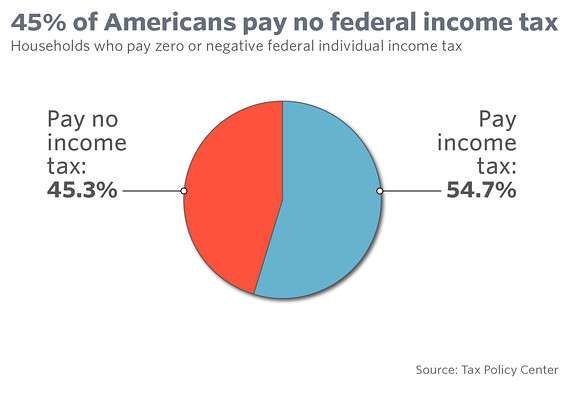It’s that time of year when the taxman wants your money. But thanks to the tax code, there are many deductions that can help keep cash in your pocket instead of going to Uncle Sam.
“No one deduction is better than any other deduction,” says Jackie Perlman, senior tax research analyst with the Tax Institute at H&R Block. “It depends on your circumstances, your filing status and your tax bracket. Generally, the higher the tax bracket, the more valuable the tax deduction.”
Still, a handful of standby deductions can be very lucrative for many taxpayers. Here are the six deductions you don’t want to miss.
1. Medical expense deduction: 9 million returns used this deduction in 2013, with an average deduction of $9,392.
This can be a helpful deduction if you have a high-deductible health insurance and a big-time medical event in one year. You can deduct qualified medical expenses that exceed 10 percent of your adjusted gross income, or AGI, which is your taxable income minus above-the-line deductions. Say your AGI is $50,000. Ten percent of that is $5,000, which means you can deduct only the amount that exceeds $5,000. If you have $6,500 of medical expenses, you can deduct $1,500 as a medical expense.
This year, taxpayers 65 and older are allowed to deduct medical expenses that exceed 7.5 percent of AGI, an improvement over the 10 percent rule. The IRS spells out which medical deductions qualify. And remember, expenses are only eligible if they were not reimbursed by an insurer or employer.
2. State and local income or sales tax deduction: 42.7 million returns used this deduction in 2013, with an average deduction of $9,336 for income tax and an average deduction of $1,647for sales tax.
Since 2002, taxpayers have been able to deduct state and local sales taxes or state and local income taxes on their federal returns, but not both. For many people, the income tax deduction is usually the higher of the two. But the sales tax deduction option helps residents in states that don’t have income tax, such as Florida, Nevada, Texas, Washington, Wyoming and South Dakota. Residents in states with a high sales tax or taxpayers who made a huge purchase subject to a sales tax like a car, boat or RV, may find the sales tax deduction more beneficial than the income tax one.
3. Mortgage interest deduction: 33.3 million returns used this deduction in 2013, with an average deduction of $8,900.
You can deduct any interest you pay on a loan secured by a primary residence or second home, including a mortgage, second mortgage, line of credit or home equity loan. Generally, the deduction is limited to home loans that total $1 million or less. You can typically deduct interest on home equity debt up to $100,000.
4. Charitable donations deduction: 36.4 million returns used this deduction in 2013, with an average deduction of $5,343.
If you’re a big giver, you can get something in return at tax time. Generally, you can deduct up to 50 percent of your AGI for contributions to public charities, colleges and religious groups. The limits are a lower for gifts to other kinds of nonprofits. When it comes to gifts of appreciated property, the limit falls to 30 percent for gifts of appreciated property, such as securities, real estate, art, jewelry or antiques. If your gifts exceed these limits, then the excess deduction can be carried over to the next tax year.
5. State and local real estate tax deduction: 37.8 million returns used this deduction in 2013, with an average deduction of $4,610.
Real estate tax on a home or other property you own is deductible on your federal taxes. To get the deduction, you must have paid the taxes to the assessor in the tax year, including any prepaid taxes for the following year. Real estate taxes paid on foreign property and school taxes based on the property’s value are also deductible. What’s not deductible includes assessments for local improvements, charges for trash collection or library taxes, or fees that aren’t based on the property’s value.
6. Above-the-line deductions: 37.7 million returns used this deduction in 2013, with an average deduction of $3,714.
Also known as adjustments to income, these deductions can be taken without itemizing and they will reduce your AGI, almost always cutting your overall tax bill. Some of the most useful above-the-line deductions are for tuition and fees up to $4,000, contributions to traditional IRAs, student loan interest up to $2,500 and contributions to health savings accounts. Self-employed workers can deduct self-employment tax, contributions to self-employed retirement plans and premiums for self-employed health insurance. Other items that can be deducted above the line include any penalty on early withdrawal of savings and alimony paid to an ex-spouse, among other things.
Written by Janna Herron of The Fiscal Times
(Source: The Fiscal Times)











You must be logged in to post a comment.